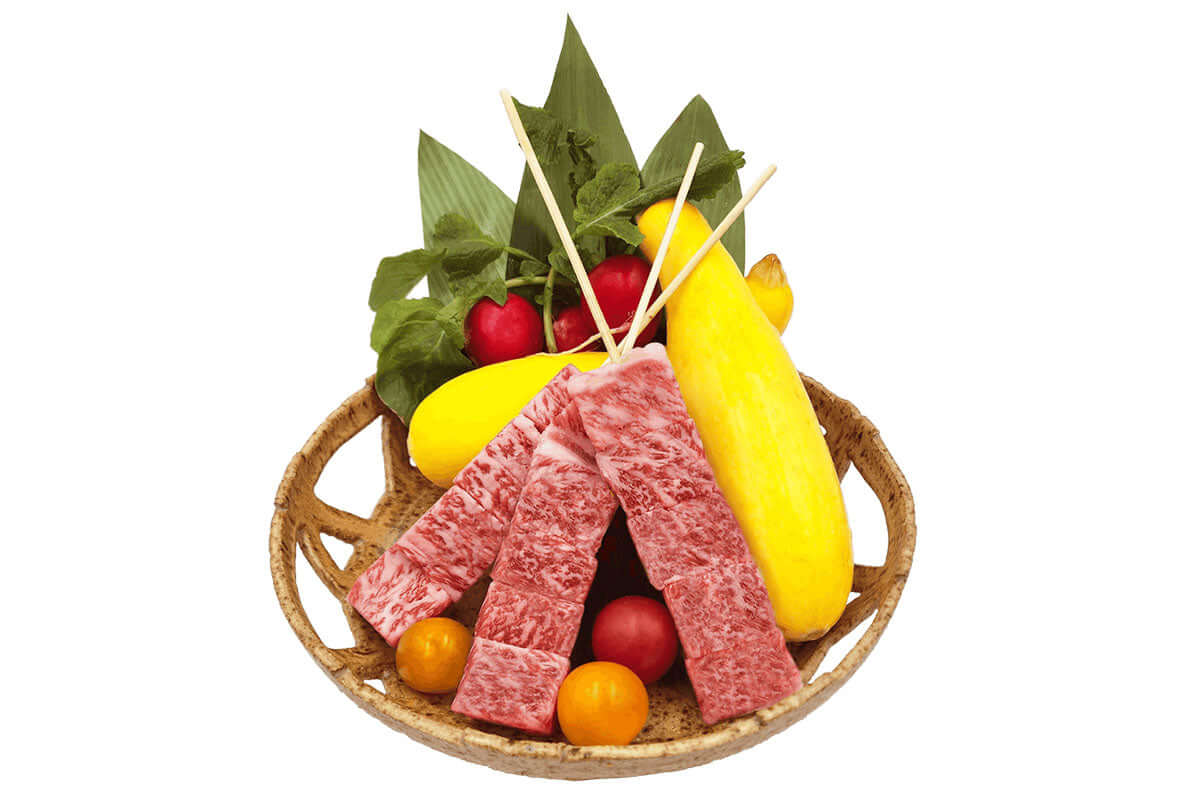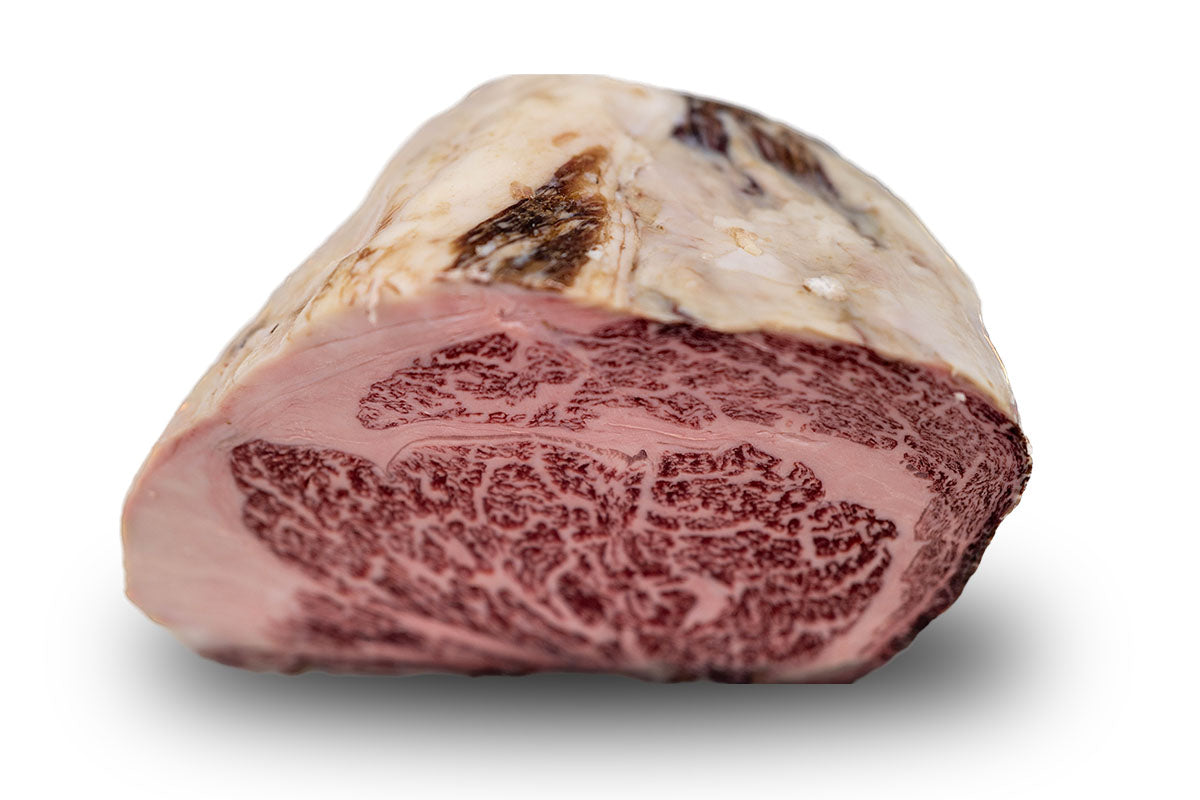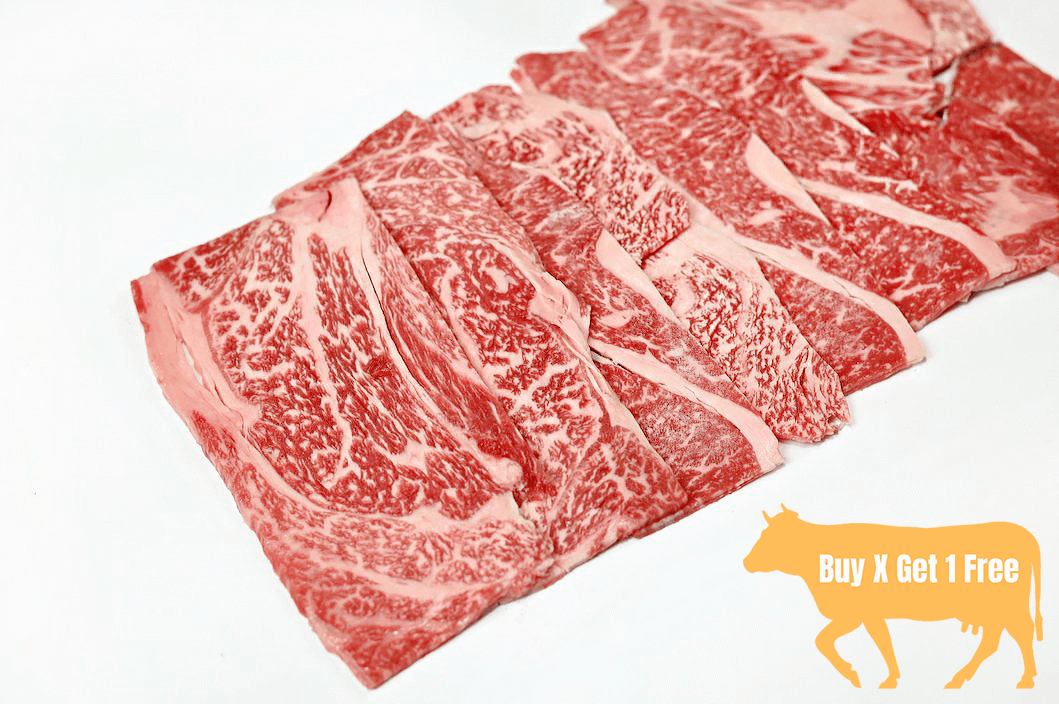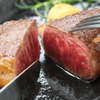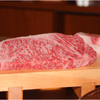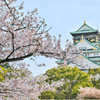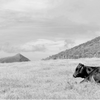What’s the Difference Between Japanese and American Wagyu?
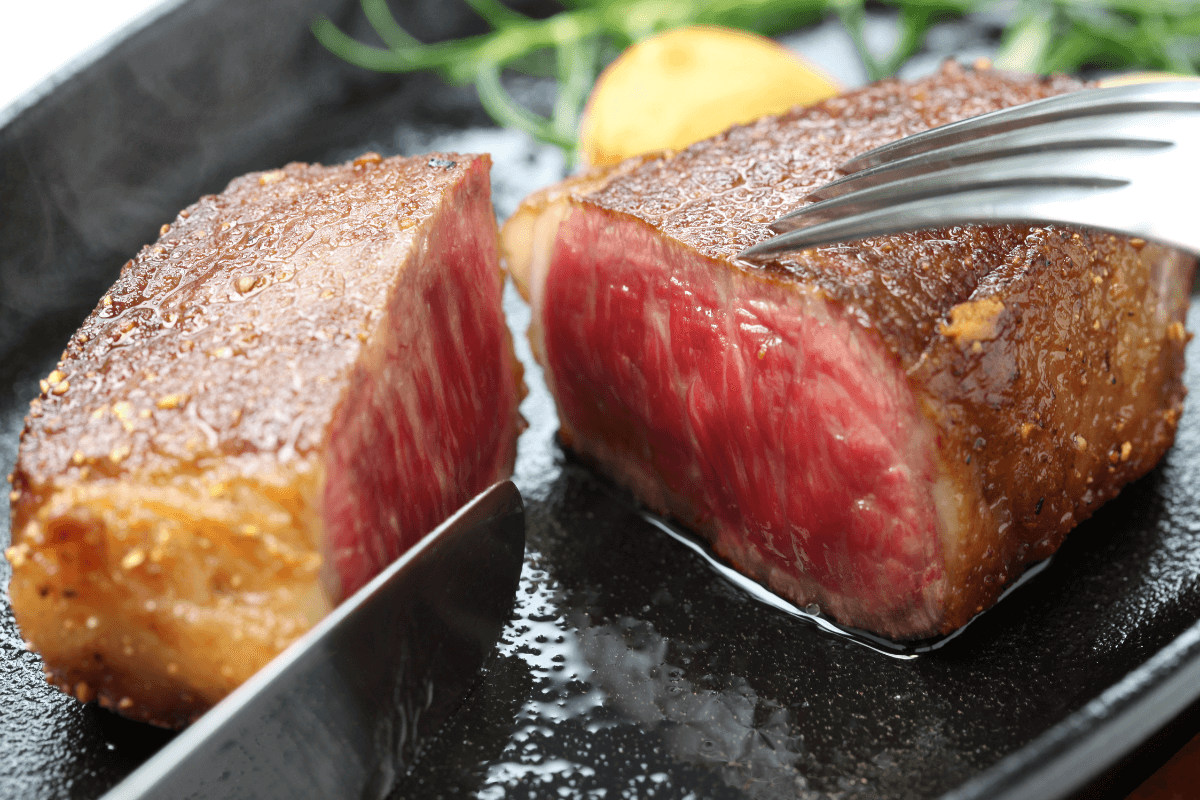
Nearly every meat lover in the world has by now heard of the amazing cut of beef called Wagyu. It’s succulent, marbled, and almost melts in your mouth the minute you bite down on it.
Many top chefs think it’s not just a great type of beef, but the absolute best in the world!
But do you know where the term Wagyu comes from, what makes it special, and why the American and Japanese versions of Wagyu are actually different?
Let’s find out.
What is Wagyu beef?
To start off, it might help to know what Wagyu beef actually is. The term Wagyu itself means Japanese cattle or cows. This was an official designation given to four very special related breeds of cattle in Japan in the mid-20th century after experts realized they had an animal that didn’t exist anywhere else in the world!
Before the late 1800s, cows in Japan were purely used for labor purposes, like hauling goods, working farms, and even dragging around carts with nobles inside. But after the Meiji Restoration in 1868, cows started being used as a source of meat and milk as well.
During the next few decades, many foreign cattle were imported to help make the hard, tough Japanese breeds produce more meat and fat. Fast forward to the 1950s and what is now known as Japanese Wagyu came into existence.
Four breeds were officially designated as Wagyu beef:
- Japanese Black (Kuroge Washu)
- Japanese Polled (Mukaku Washu)
- Japanese Brown (Akage Washu or Akaushi)
- Japanese Shorthorn (Nihon Tankaku Washu)
The Japanese Black variety now makes up over 90% of all Wagyu cattle in existence in Japan. Over the next few decades, trade unions were established to help monitor the lineage of the cows as well as to establish rules for raising, breeding, and assessing the quality of the beef.
These are all administered by the Japanese Meat Grading Association, which maintains these strict rules over authentic Wagyu cattle.
The main theory behind how to raise Wagyu cows is to keep their stress to an absolute minimum. That’s why you hear stories of some Japanese farmers giving beer, wine, and even massages to their cows!
While the above isn’t part of the requirements, many farmers are believed to treat their cows in this way for one reason or another.
So, what makes Japanese Wagyu beef so special?
It helps to think of Wagyu beef as Japan’s equivalent of champagne from France. These unique genetic breeds produce more marbling than any other type of cow, which is what makes their beef taste so stunningly amazing.
The cows must also be born and raised in Japan, their lineage confirmed, and their meat assessed by qualified Wagyu experts who spend over three years learning their craft!
Furthermore, they have to be raised, butchered, and sold through a supply chain where everyone is a member of the Wagyu beef association. In fact, every single Wagyu cow’s lineage and birth information can be tracked through the Japanese National Livestock Breeding Center Website to verify its authenticity!
It’s the wonderful combination of culture, regulation, select breeding, and a ban on cattle exports in 1997 that make Japanese Wagyu beef so unique and special.
So why do we sometimes see American Wagyu beef and American Kobe advertised at restaurants and butchers in the U.S.? Let’s dig in a bit more.
What is American Wagyu beef?
In 1976, a researcher at Colorado University imported Wagyu bulls from Japan to start a cross-breeding program in the U.S. Since they didn’t have any sows to make 100% purebred Wagyu cows, they had to mate the bulls with American cow breeds, which were mostly Angus.
In 1993, a couple hundred more cows were imported for a few years until the Japanese government declared Wagyu cattle a national treasure and banned their export.
As a result, for the first time 100% purebred Wagyu cows were able to be raised outside of Japan. However, the numbers aren’t huge. It’s currently estimated there are less than 5,000 purebred Wagyu cattle in America, but almost 40,000 cross-bred ones.
That’s why the American classification system for Wagyu cattle judges them based on their genetics, which looks like below:
- F1 (50% pure)
- F2 (75%)
- F3 (93.75%)
- Pureblood (100%)
But over in Japan, their classification system entirely consists of the quality of the meat itself, since all of their cattle are purebred.
So, what’s the main difference between American and Japanese Wagyu beef?
Essentially, it comes down to quality. While you can technically find 100% purebred Wagyu beef in America, the cows will have been raised differently, their diets won’t be the same, and they won’t have had the amazingly pampered life a genuine Japanese Wagyu cow had.
That’s why true Wagyu beef from Japan is so expensive — you’re paying for the finest cut of steak in the entire world!
And if you happen to find a $15 Wagyu burger advertised at your local restaurant, we can almost guarantee you it won’t be from Japan nor would it be 100% Wagyu. The likely culprit is a 50% mix between Wagyu and Angus beef.
They still taste great, mind you, but nowhere near the succulent buttery taste a purebred Japanese Wagyu steak can give you. If you’re interested in trying out 100% authentic Japanese Wagyu beef in your own home or restaurant, WAGYUMAN is the largest importer of the product in the U.S. today.
Check us out!

